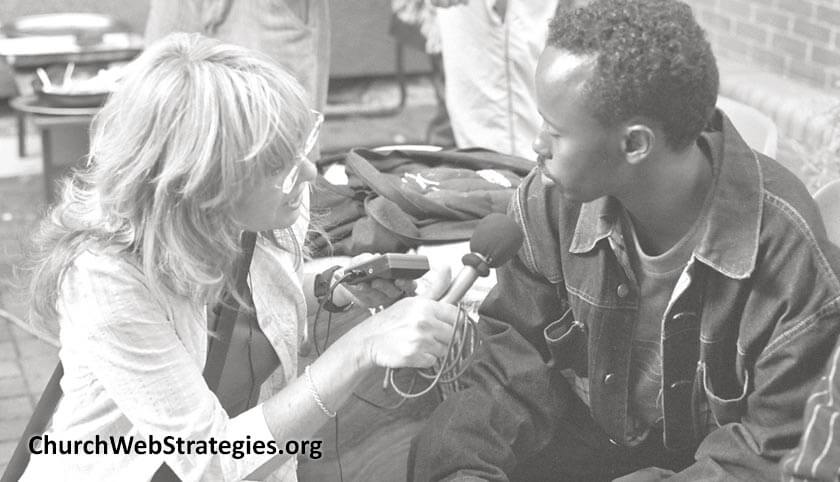Internal interviews help whether you are starting out, or are a seasoned professional. They help you better understand the corporate knowledge that exists in your church. Plus it further cements you as a digital advocate that cares about your church’s problems. Your church’s staff has plenty of information to share. Rediscover your audience by following the steps below.
If you have a good memory, you will know that these are like stakeholder interviews. Yet instead of focusing on the larger strategy, you are down in the weeds. This is a great tool to learn about ideas your ministry leaders may have forgotten to tell you.
Internal Demographics
This may not seem like a great place to start. But asking about the person you are interviewing has a purpose. Most likely you will find divides in opinion based on these data points. Someone in their 50’s does not see the same value in social media as someone in their 20’s. The purpose is not to skew your results. It is to interpret possible schisms that may arise. Everyone may be have the same goal of bringing more people to faith in Christ. Yet the technology they grew up with affects their method. Ask for basic demographic information and their experience with digital. I would also ask about the technology they use today.
Perceived Customer
Each ministry leader will have a different audience. Youth ministries will work with young kids and parents. An overseas mission director might want to equip and encourage foreign pastors. Regardless of the variety of answers, it is helpful to understand each one. This will determine what digital tools you use and how you use them. So again, this is another data point that explains differences in opinion. For example, a widow support group will likely not grow their group by posting on Snapchat.
Ask questions to help you understand what each customer segment is. This will give you better ideas of how to reach them. Ask how often they interact with various age groups. See where they are in their faith journey. If possible, find out about geographic locations. There are plenty of other data points you can ask as well. But hose three are most helpful for a marketing team trying to boost reach and awareness.
Pain Points
At this point, the interview digs into the heart of the problem. What are their customer’s biggest pain points? This includes both existing members as well as future ones. These questions must focus on what your ministry leaders hear in regular conversations. Where does digital fail our customers? What analog processes can be made easier with digital? Where can perceptions about your church be changed or enhanced? All these questions can help you design better digital platforms. Your website is first among them, but do not forget social media. What you post is as important as the content on your web page.
Wrap-Up Questions
Throughout your conversation, you likely jarred some ideas lose. Your interviewee probably has general remarks they want to make. Ask those more open-ended questions now. Find out the priority of the changes they might want. See what their personal opinions may be about your digital ministries. This is the time for all those more subjective questions you filtered out from before. At this point, you may realize you wish you had recorded the session. So I am telling you now. Recording at least voice is a good idea. It helps you focus on the questions and answers, and leaves writing for later.
Action Item
First you will need to write a script with a selection of the above types of questions. Then work with church leadership to get time on some calendars. Get a wide variety of people to . You may want to focus on certain personas later. But you have that specialized data for later. Plus you can spot larger trends across your entire church staff. As I mentioned before, use your phone or other equipment to record your sessions. In future articles I will discuss what to do with your results, and how to apply them to other artifacts. The most important is updating your personas.
Photo courtesy of Jon Wisbey

